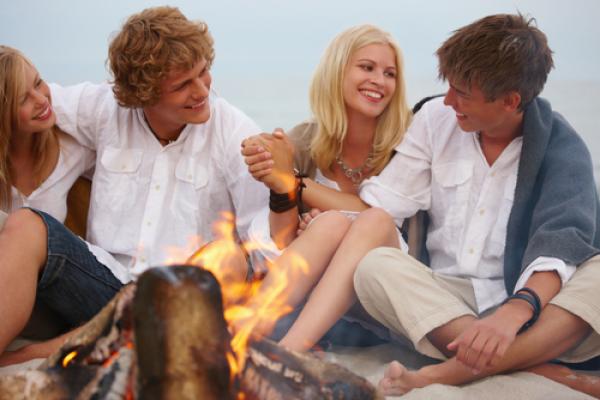Church camp was in my blood, with an Episcopalian lineage that began when my grandfather helped to build and then direct Camp Bratton-Green in Mississippi. Every summer of her childhood, my mother was a camp brat, the outdoorsy, lanyard-loving equivalent of an army brat.
As a 16-year old, she met my father when he drove his family’s car from Hattiesburg, Miss., to pick up his sister Marcia from camp in Canton, Miss. And decades later, two of my siblings met their spouses at camp.
But let’s be clear: church camp in my family was more than an easy way to find a summer fling from the same denomination. While none of my crushes lasted beyond the summer, I gained a more enduring life-long commitment to God’s earth. Summer camp integrated me into a Christian community that sought to reconcile humans with creation.
Read the Full Article

